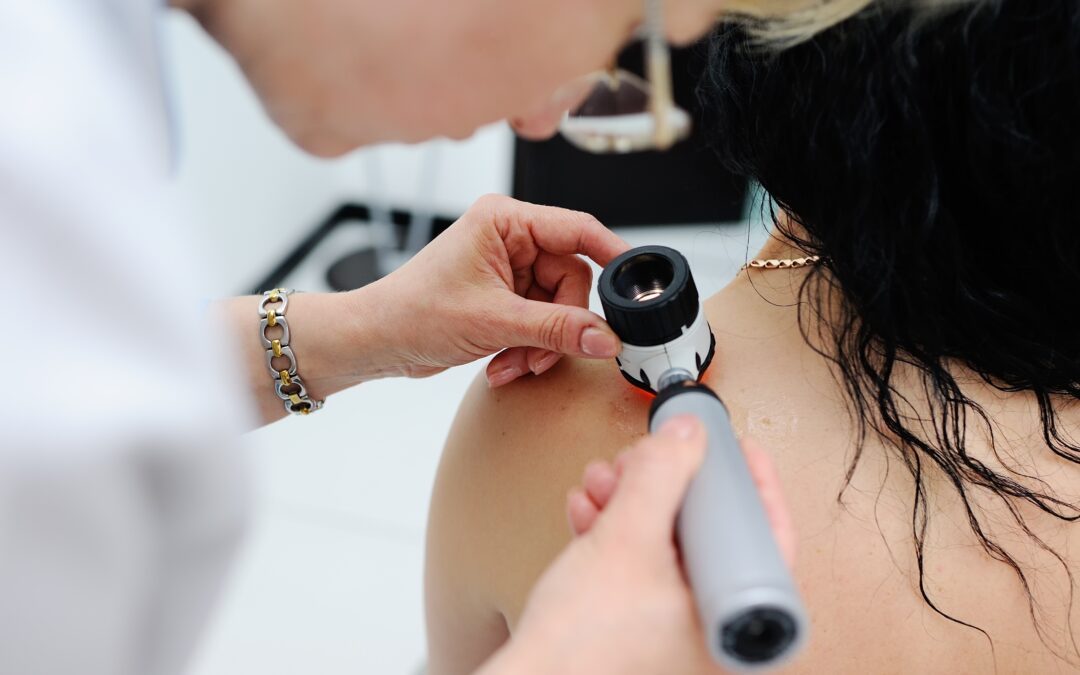While some may believe that there is only one general type of skin cancer, skin cancer can actually be divided into 3 main types based on what cells they effect.
Many may recognise melanoma “as the most dangerous form of skin cancer”. There are also types such as squamous cell carcinoma and basal cell carcinoma.
What defines these three types?
Melanoma
“Melanoma is a type of skin cancer that develops in the skin cells called melanocytes and usually occurs on the parts of the body that have been overexposed to the sun. Rare melanomas can occur inside the eye (ocular melanoma) or in parts of the skin or body that have never been exposed to the sun such as the palms of the hands, the soles of the feet or under the nails.
It is estimated that more than 17,700 people were diagnosed with melanoma in 2022. The average age at diagnosis is 64 years old.
Melanoma is the third most commonly diagnosed cancer in Australia, and it is estimated that one in 17 people will be diagnosed by the time they are 85.
Australia, along with New Zealand have the world’s highest incidence rate of melanoma.” (https://www.cancer.org.au/cancer-information/types-of-cancer/melanoma)

Basal Cell Carcinoma & Squamous Cell Carcinoma
“Both basal cell carcinoma and squamous cell carcinoma are known as non-melanoma skin cancer or keratinocyte cancers. Keratinocyte cancer is more common in men, with almost double the incidence compared to women.” says Cancer Council at cancer.org.au.
“BCC accounts for about 70% of non-melanoma skin cancers. It begins in the lower layer of the epidermis (top, outer layer of the skin). It can appear anywhere on the body but most commonly develops on parts of the body that receive high or intermittent sun exposure (head, face, neck, shoulders and back).
SCC accounts for about 30% of non-melanoma skin cancers. It begins in the upper layer of the epidermis and usually appears where the skin has had most exposure to the sun (head, neck, hands, forearms and lower legs). SCC generally grows quickly over weeks or months.
A third group of lesions called keratinocyte dysplasias includes solar keratosis, Bowenoid keratosis and squamous cell carcinoma in-situ (Bowen’s disease). These are not invasive cancers, however may require treatment as some may develop into non-melanoma skin cancers.
It is estimated that more than 1,300 people were diagnosed with non-melanoma skin cancer in 2022.” (https://www.cancer.org.au/cancer-information/types-of-cancer/non-melanoma-skin-cancer)
If you come across any spots you may find concerning or suspicious, please do not hesitate to call our clinic at 03 5201 7030. Our receptionists will be happy to help you get an appointment with one of our friendly doctors to check your skin!


Recent Comments